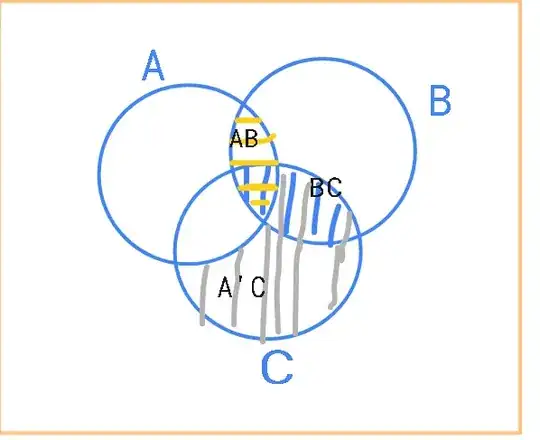I'm trying to simplify this boolean expression:
$$(AB)+(A'C)+(BC)$$
I'm told by every calculator online that this would be logically equivalent:
$(AB)+(A'C)$
But so far, following the rules of boolean algebra, the best that I could get to was this:
$(B+A')(B+C)(A+C)$
All of the above are logically equivalent (I've made a truth table for each) but I don't understand what steps am I missing trying to simplify the expression.
I also couldn't find an "expression simplifier" tool online that could show me the steps that I'm missing.
Help / directions to go to would be much appreciated, thanks in advance.
